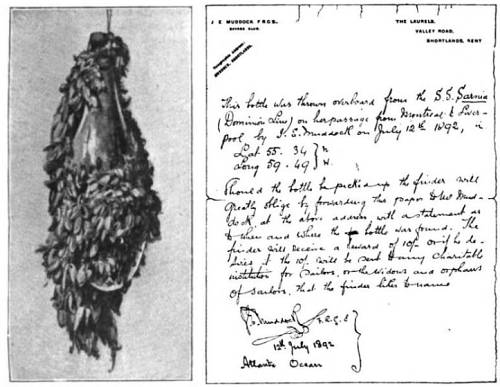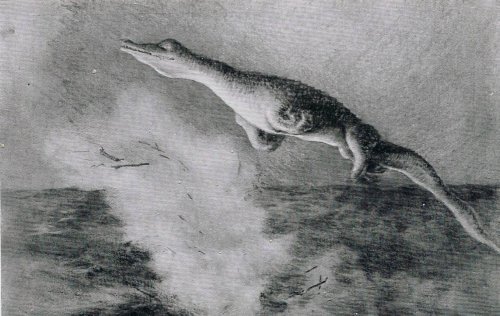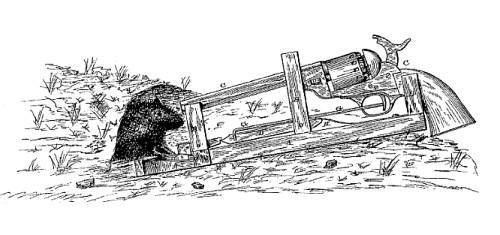
In 1976, CUNY mathematician Robert Feinerman showed that the game of dreidel is fundamentally unfair.
Each player contributes one unit to the pot, and then all take turns spinning the top. Each spin produces one of four outcomes: the player does nothing, collects the entire pot, collects half the pot, or puts one unit into the pot. When a player collects the entire pot, then each player contributes one unit to form a new pot and play continues.
Feinerman found that, if Xn is the payoff on the nth spin and p is the number of players, the expected value of Xn is

Thus if there are more than two players, “the first player has an unfair advantage over the second player, who in turn has an unfair advantage over the third player, etc.”
Dreidel is booming nonetheless. A Major League Dreidel tournament has been held in New York City every Hanukkah since 2007. The official playing surface is called the Spinagogue, and the tournament slogan is “no gelt, no glory.”
(Robert Feinerman, “An Ancient Unfair Game,” American Mathematical Monthly 83:623-625.)




